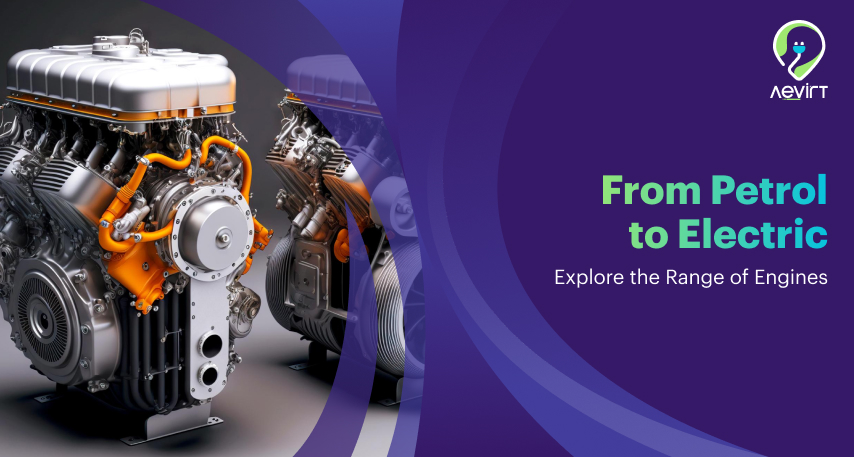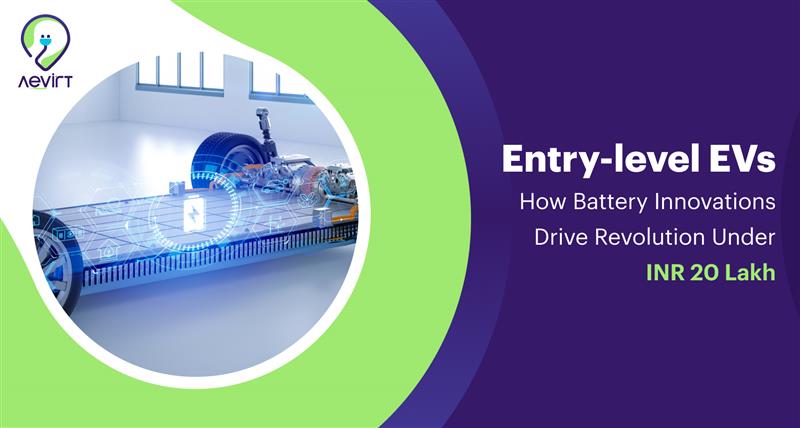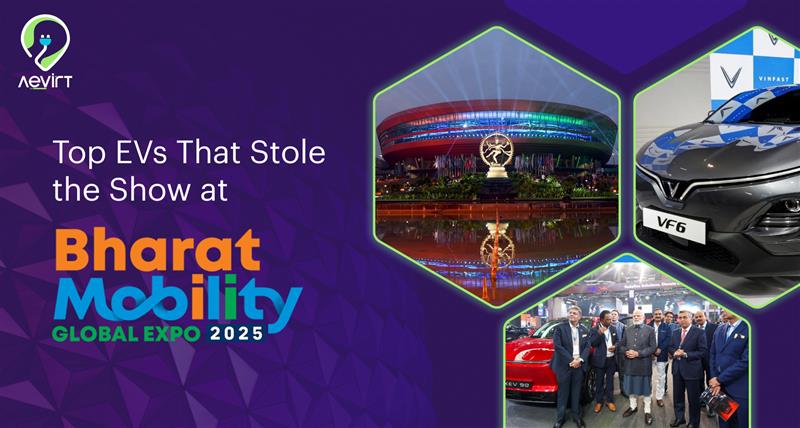From Petrol to Electric: Explore the Range of Engines

An Engine is a machine that derives mechanical energy from fuels and creates motion in the component in which it’s integrated.
Let’s take a typical example of vehicles running on engines and electric motors. To run a traditional vehicle, engines will run on different fuels, most probably diesel, petrol, natural gas, and biofuels. Similarly, modern Electric Vehicles (EVs) use electric motors to run the automobile.
EVs don’t use fuel, so they are considered to be less harmful to the environment. Due to this and other prominent factors, people are switching to EVs. Let’s see in detail about types of engines & electric motors and how EVs are the future of the automotive industry.
EVs don’t use fuel, so they are considered to be less harmful to the environment. Due to this and other prominent factors, people are switching to EVs. Let’s see in detail about types of engines & electric motors and how EVs are the future of the automotive industry.
Types of Engine
Engines in vehicles are known as Internal Combustion Engines (ICEs). These engines ignite fuels and generate energy to let the automobile move. Generally, there are four types of ICEs, they are:
Petrol Engines
Petrol engines use internal combustion to generate power by burning liquid fuel using an electric spark. They are built to run vehicles (small or big), general aircraft, outboard and inboard marine units, pumping and power tools, and more.
Diesel engines
A diesel engine ignites the fuel and causes the elevated temperature of the air in the fuel cylinder, and that is due to mechanical compression. Hence, the diesel engine is also known as CI- Compression-Ignition Engine.
When the air induces in the chamber it’s compressed. During the compression, its temperature rises inside the cylinder. So, when the atomized diesel enters the hot cylinder, it ignites. Ultimately, it helps the automobile to move.
Hybrid Engines
Hybrid engines use more than one energy source, such as petrol or diesel engines with electric motors. When both systems work together, the vehicle moves. It allows the car to burn minimum petrol and achieves enhanced fuel efficiency compared to a traditional engine that uses only fuel to generate energy.
Hydrogen Engines
Hydrogen internal combustion is a modified petrol engine. This engine is mainly used because Hydrogen doesn’t generate CO2. No CO2 means no greenhouse gas is generated by a conventional petroleum engine.
Pure hydrogen doesn’t have carbon-based pollutants like Hydrocarbons, Carbon Monoxide, Carbon Dioxide, etc. When hydrogen combusts in the engine, it happens in the atmosphere, containing oxygen and nitrogen. So, it may produce oxides of Nitrogen. So, Hydrogen engines aren’t considered as zero emission.
These are the four main types of Engines. Now, let’s see the types of electric motors used in EVs.
Types of Electric Motors
AC (Alternating Current)
AC motors are widely used in electric cars as they are flexible and efficient. They comprise a stator and a rotor, and both are powered by alternating current.
These motors provide higher efficiency because they can manage the voltage and frequency of the power supplied. Moreover, AC motors provide high power at low speeds and offer precise control over torque and acceleration. Due to this flexibility, AC electric motors are suitable for various automotive machines.
DC (Direct Current)
DC motors, an early form of electric motors, are developed and are used widely in modern electric cars. They can convert the electrical energy of the battery in the rotary motion. These electric motors are simple to construct and control.
Speed controllers will be able to achieve DC motors and make them easier to work with. Moreover, due to their regulation capability, DC motors are suitable for different apps and offer high efficiency in different operating systems. However, the drawback is that DC motors require a more complex control system compared to AC motors.
ICE vs Electric Motors
Internal Combustion Engines
ICE has remained a dominant engine technology in the automobile industry for more than a century. Here are the critical factors of evaluation of ICE engines:
I. There is easily available refueling infrastructure. Diesel and petrol fueling stations are available in almost all areas, making it convenient to refuel these vehicles.
II. The range & performance of ICE vehicles are strong and possess long-range capabilities. Hence, ICE vehicles are the chosen alternative for travel lovers.
III. The maintenance cost of the ICE engine is timely. It includes regular services, oil changes, filter replacements, etc. These maintenance costs will definitely increase the ownership cost of the ICE vehicle.
IV. ICE vehicles have improved greatly in terms of controlling emissions. However, they still cause air pollution by releasing CO2 into the atmosphere, which affects air quality.
Electric Vehicles
With increasing concerns about pollution, people are advancing towards accepting EVs for commuting. Here are the critical factors of evaluation for EVs:
I. EVs are considered to have zero emissions. It makes them a good choice for people seeking green transportation alternatives. As electricity can be regenerated, EVs also minimize greenhouse gas emissions, improving air quality.
II. The operating cost of EVs is lower than ICE automobiles. Electricity cost is lesser than diesel or petrol, which ultimately results in reduced fuel expenses, thereby reducing the overall cost of maintenance over time.
III. EV Charging infrastructures are available in developed areas but aren’t widespread like ICE refueling stations. So, when you are planning to take longer travel routes, plan your journey carefully.
IV. The performance and driving of EVs remain smooth. It provides instant acceleration and provides a pleasant driving experience. However, they still can’t match some popular ICEs.
So, Why Switch to EV?
In short, here are the key factors that will attract you to use EV:
1. It has zero tailpipe emissions
2. Less harmful to the environment
3. Lower maintenance costs
4. Lesser running expenses
5. Indian government provides tax and financial benefits for people purchasing EVs
6. Lower noise pollution as EVs are comparatively silent
How to Locate your Nearest EV Charging Station?
To solve your queries related to EV charging stations, Aevirt Pvt Ltd introduces a cutting-edge mobile platform that bridges the gap between EV owners and EV charging stations. You get a hassle-free, intelligent, and convenient solution for charging your EV, whether you are on a short drive or a long journey.
Moreover, Aevirt also provides solutions for charging station owners. If you have free space, you can install a charging station and start earning from it. So, do not miss a chance to invest in EVs for a better tomorrow.
Conclusion
Electric vehicles have emerged as a potential and viable mobility alternative to curb pollution and carbon emissions. However, the absence of appropriate infrastructure, charging stations, and other crucial amenities poses challenges to the EV market’s progress.
Aevirt has come up as a solution provider that offers sustainable and efficient EVs to shape the market with its sustainable and futuristic charging solutions.
Join the Aevirt community to become an integral part of the electric revolution, which is charging ahead toward a cleaner future.


